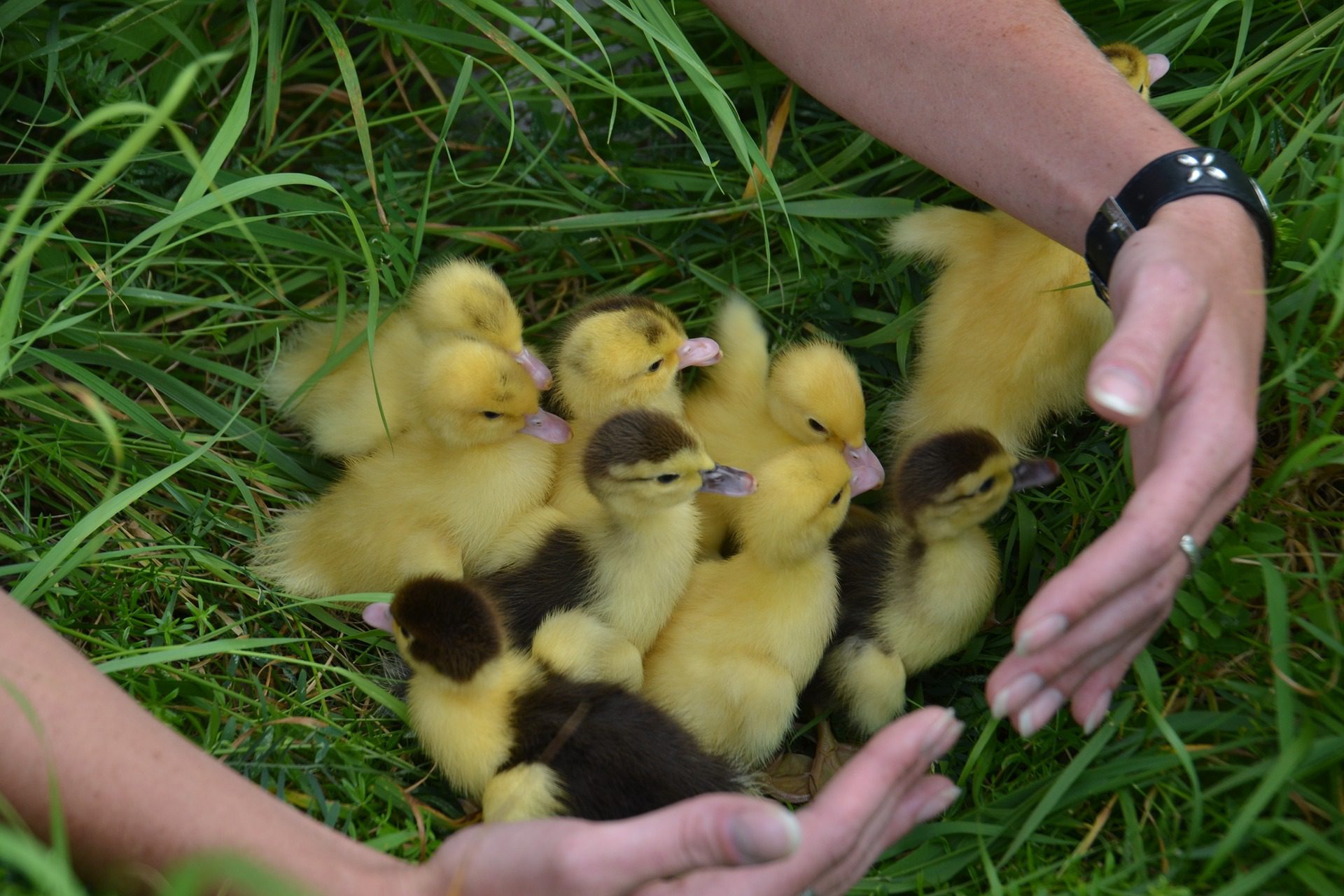What can chickens can teach us about nurturing ideas?
This Easter, can we learn a thing or two from the humble chicken about the way we approach innovation?
Innovation leaders talk about incubating ideas. It’s a great metaphor for keeping those ideas in nurturing, warm conditions until they are ready to hatch.
But I was blown away last week when a friend explained how chickens really hatch their eggs. It’s more sophisticated than you might think.
When you picture a hen and some fluffy yellow chicks, it’s never just one chick—it’s a group of them. But hens only lay one egg a day, so how do they end up with all those fluffy yellow chicks who are all the same age?
Well, here’s the thing: Those chickens are clever. Being a bird is a risky business. There are all sorts of predators, and hens are vulnerable when sitting on a nest. So they have adapted to hatch the next generation as efficiently as possible.
They do this in two ways.
Firstly, although chickens only lay one egg a day, they don’t need a daily (or nightly) visit from a Rooster. Once the Rooster has made his contribution, the chicken stores it and releases it to each egg over a period of up to two weeks. Excuse the euphemisms but we’re avoiding getting stuck in spam filters.
Secondly, the chicken doesn’t start becoming broody and sitting on the eggs until she has a clutch, say 8 – 12 eggs. The warm hen then incubates them and 21 days later, some will hatch successfully.
Why am I telling you this?
Nature’s brilliant. It will give you something to talk about in that awkward lull where you’re waiting for latecomers to join a Teams call.
But mainly, because successful innovation inside big companies isn’t just about building methodology like lean start-up or agile. It isn’t just about building the capability of your team. It’s also about building the conditions to deliver multiple waves of incubation as effectively as possible.
So, think about cohorts of ideas on a topic rather than a single moonshot. Think about the risks threatening successful innovation and how you can manage them. Think about ‘seasons’ of laying followed by seasons of hatching ideas.
What other innovation top tips do you have? Let me know what other thoughts this triggers.
